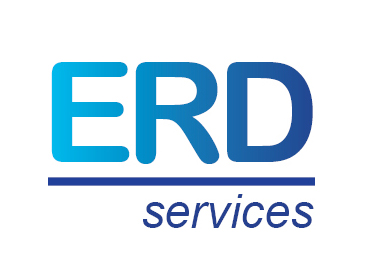Capgemini Betting on Altran To Reach its New 2025 Financial Objectives
Capgemini Will Be at least a EUR 22.2bn Firm by 2025
Capgemini unveiled this week its 2025 financial objectives, of which Altran will play a significant part. The company now targets a 7 to 9% annual revenue growth at cc and an adjusted EBIT margin of 14% by 2025. Capgemini will reach revenues in the range of EUR 22.2-24.4bn by 2025 (from an estimated pro-forma EUR 16.3bn in 2020) and EUR 3.1-3.4bn in adjusted EBIT (from EUR 1.5bn in 2020).
Capgemini provided limited quantitative details on how it will achieve this financial performance. However, Aiman Ezzat, Capgemini’s CEO, has a dual background as a CFO and head of the India-centric Financial Services business unit. His tenure as a CFO provides credibility to its financial ambitions.
Capgemini Has Never Grown This Fast Before
Overall, Capgemini believes it can accelerate its financial performance. The company has never expanded by this kind of growth over five years. Capgemini has had a very decent revenue growth under Paul Hermelin, its former CEO, but never that fast. Overall, Capgemini believes its growth profile will be very different than during the past two decades. For now, by lack of quantitative details, we think Capgemini has very bold objectives.
The margin improvement is less ambitious. The 2025 margin objective translates into a 2.1 pts margin improvement over 2020-25. This is an improvement over the 2015-19 period (1.7 pts).
Altran; Contributing to the Capgemini 2025 Objectives Initially through GTM
Altran will, of course, contribute to Capgemini’s objectives. The company is the core of Capgemini’s Intelligent Industry, which groups its ER&D capabilities across connected devices/equipment, digital manufacturing, and digital offerings such as data, AI, and IoT. Capgemini still targets run-rate revenue synergies for Altran, in the range of EUR 200-350m by 2023.
In the short term, Altran continues its transformation. Capgemini says that Altran had gone through the crisis relatively well, despite its exposure to aerospace and automotive (we estimate a third of Altran’s 2019 revenues). The 2018 Aricent acquisition balanced the company’s profile toward the telecom and high-tech sectors and the US. It also brought a resilient cost base, with a significant presence in India. Altran’s Aricent transaction was relevant, even if it, eventually, did cost its independence.
Meanwhile, Capgemini has been working on revenue synergies and a joint portfolio. Capgemini says that by the end of 2020, it had won 44 common deals and had a pipeline of 410 shared opportunities. Meanwhile, the company has launched three joint offerings: 5G and edge computing, autonomous vehicles, and pharma R&D data science. Capgemini now wants to turn Altran’s client base into large accounts.
WfH Will Drive Higher Utilization Rates
With GTM under control, Capgemini is now facing the heavy-lifting work and the roll-out of its processes into Altran, the merger of legal entities, and ERP migrations. Along with this effort, the company wants to accelerate Altran’s transition to Indian offshoring. In parallel, Capgemini believes that increasingly engineers working in one European country will serve clients in other locations remotely. Thanks to the pandemic, the growing acceptance of remote work and WfH will improve its utilization rate. Higher onshore utilization rates will have a direct impact on the bottom line. If true, this will be a major performance.
